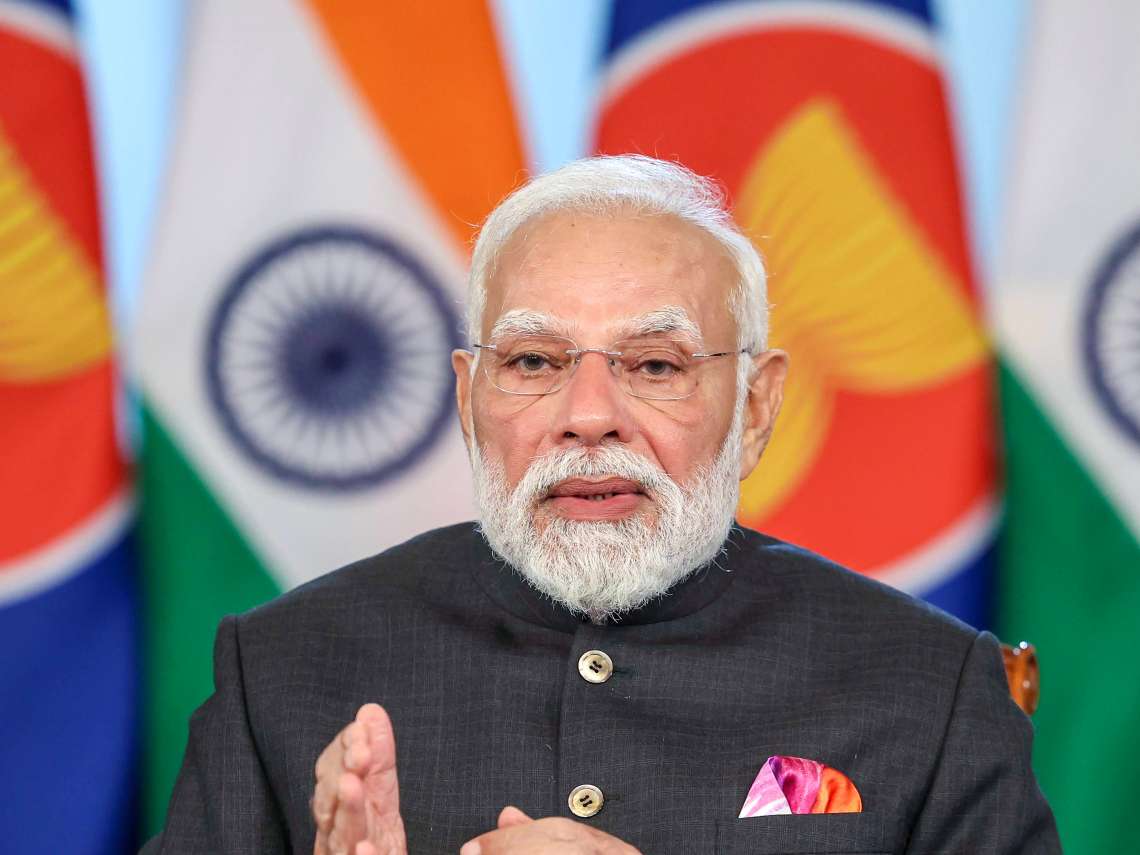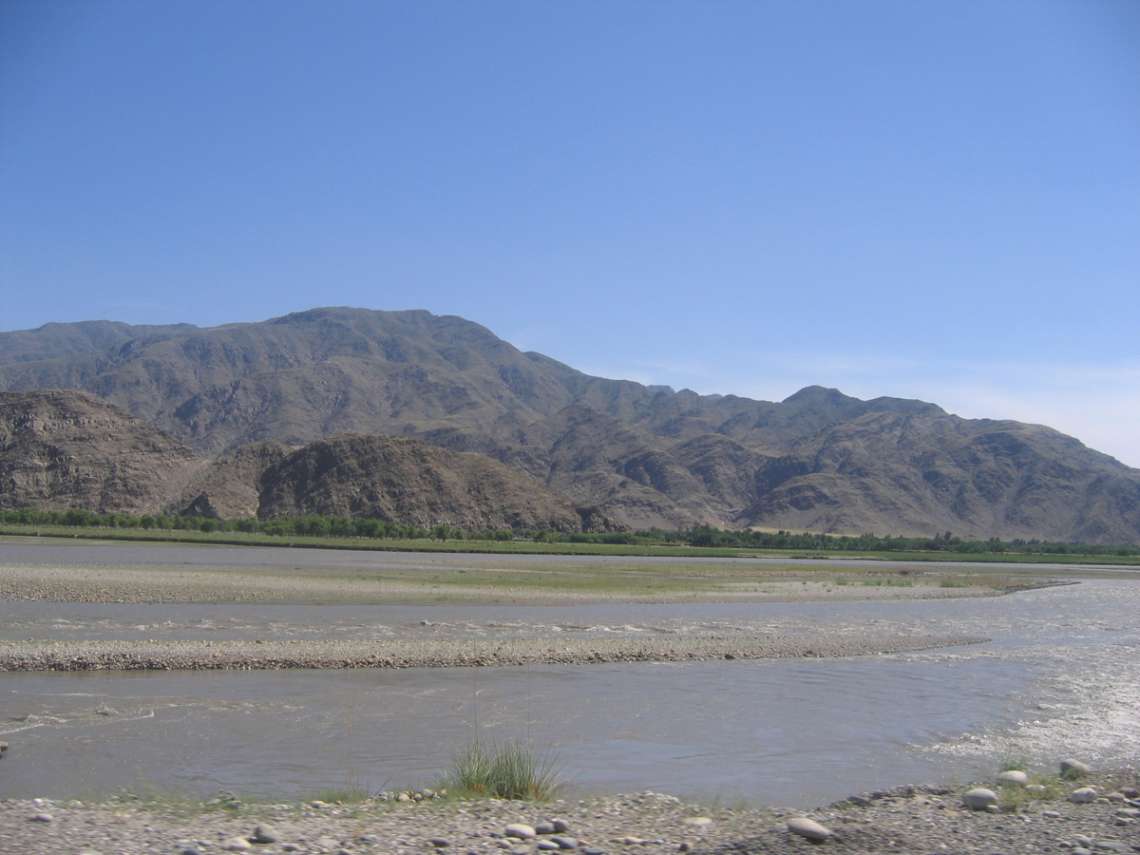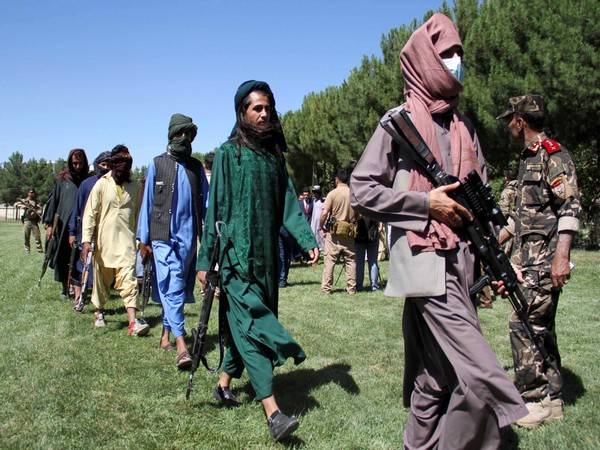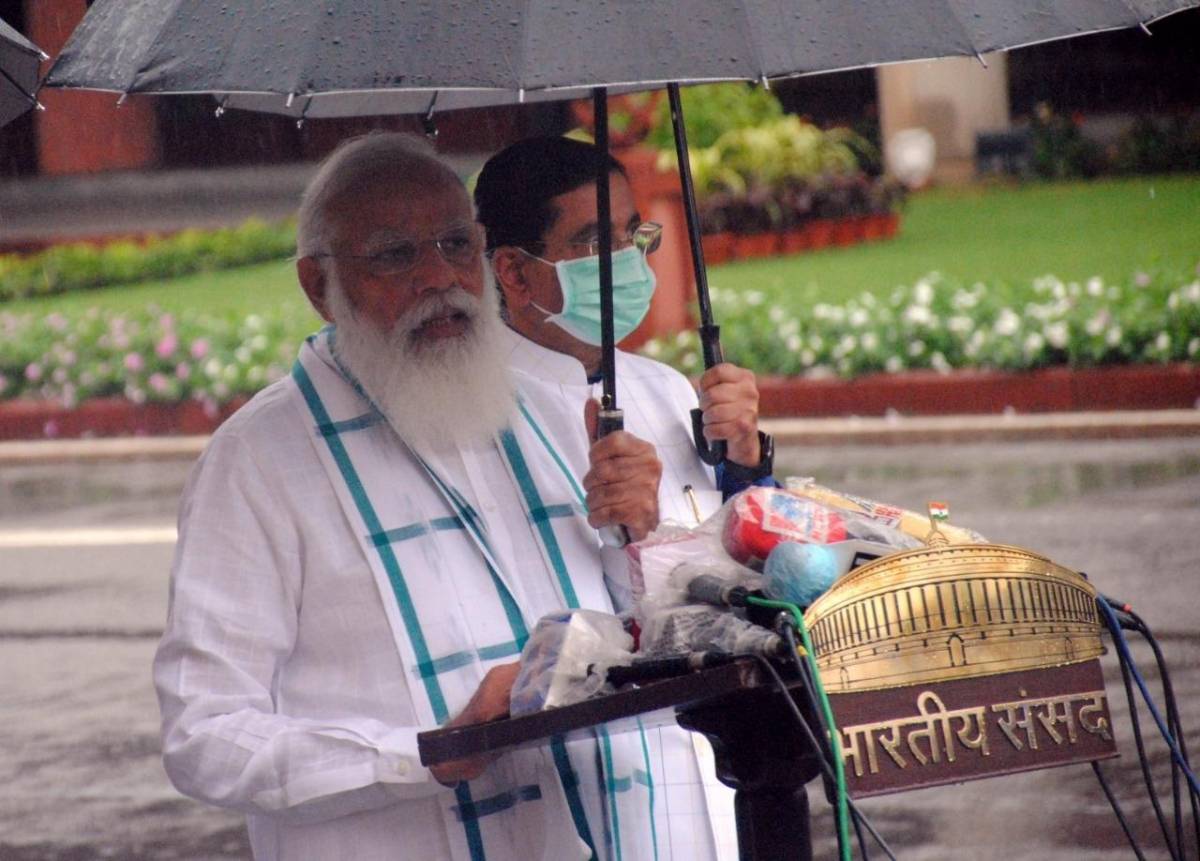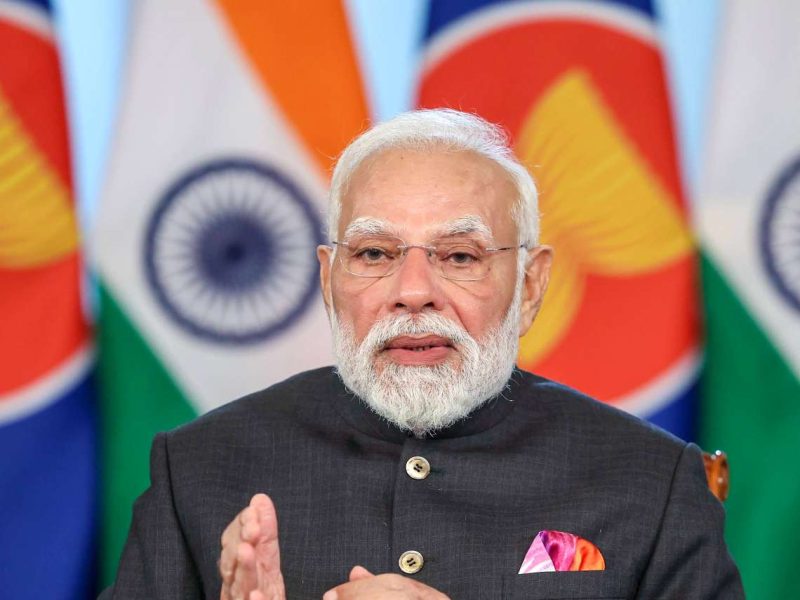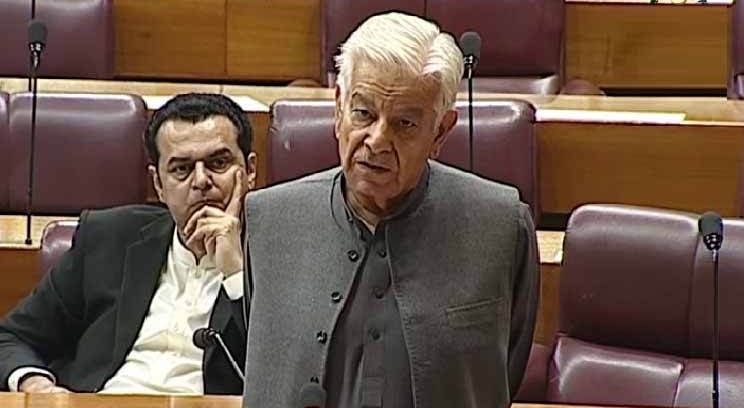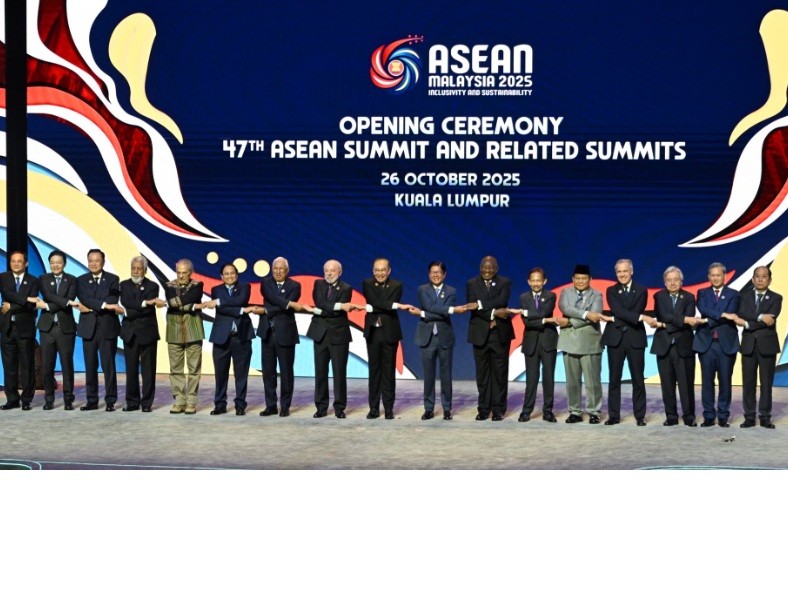It warned that India will face increased rainfall along with frequent hot extremes, both of which would be detrimental to the livelihoods of farmers….reports Rahul Kumar
The Intergovernmental Panel on Climate Change (IPCC) has warned that extreme weather and poor air quality is likely to gut India’s poor farmers and low-income workers, unless remedial actions are taken urgently.
It warned that India will face increased rainfall along with frequent hot extremes, both of which would be detrimental to the livelihoods of farmers. The report mentions multiple extremes happening at the same time, saying “more heat can trigger more drought, or can lead to more wildfires. Many regions around the world are projected to experience more of these events and these are only likely to increase with higher global warming”.
The increase in rainfall will be especially severe over the southern parts of India, the report observed. If the global temperatures go up by 4 degrees Celsius, India could see a jaw dropping 40% increase in rainfall annually. Not just India, all of South Asia will see an increase in mid-to-long term monsoon rains.
Consequences for India
Ulka Kelkar, Director, Climate Programme, World Resources Institute India (WRI), said: “For India, the predictions in this report mean people labouring in longer and more frequent heat waves, warmer nights for our winter crops, erratic monsoon rains for our summer crops, destructive floods and storms that disrupt power supply for drinking water or medical oxygen production”.
Talking about air pollution, the report says that in 2019 it claimed 1.67 million lives in India. The impact is more on people from the low economic groups, “as 74% of the city workers are exposed to dangerously high levels of air pollution and the nation is home to 6 out of 10 of the world’s most polluted cities”.
About managing problems in cities, known guzzlers of energy and a major contributor to the climate crisis, Kelkar said: “We need to plan for climate risks while building our cities. We need technology that revolutionises the way we manufacture — with green hydrogen and with recycling. And we need to use our land and natural resources responsibly to support livelihoods’.’
The Indian coastline
People on India’s coasts too will become major victims of rising sea levels. India, with its 7,517 km coastline will face significant threats from rising seas. “Across six Indian port cities – Chennai, Kochi, Kolkata, Mumbai, Surat and Visakhapatnam – 28.6 million people will be exposed to coastal flooding if sea levels rise 50cm, according to one study. The assets exposed to flooding will be worth about US$4 trillion”, says the IPCC report.
India with its diverse climatic zones will be impacted everywhere.

Himalayan glaciers
The report says that 240 million people in the region, of which nearly 86 million are Indians, get their water from the Himalayas. “Glaciers such as in the Lahaul-Spiti region of western Himalaya have been losing mass since the start of the 21st century, and if emissions do not fall, glaciers in the Hindu Kush Himalaya would decline by two-thirds”, says the report.
Dr Ajay Mathur, Director General, International Solar Alliance, says: ‘The global energy sector (power, heat and transport) accounts for around 73% of our total emissions; it is also the engine behind every country’s economic and developmental plans – and ever more so in the emerging and developing economies where the quality of life, and the accompanying energy consumption is less than the global average. And so, it becomes ever more important for us to be able to meet our growing energy needs without adding more CO2 to the atmosphere. Solar energy offers an ideal solution to all countries. The technology is ready and it is cost effective; we need global collaboration to scale it up exponentially and expeditiously.’

Global impact of human activity
In the comprehensive global report released on Monday, the IPCC has covered topics such as extreme weather, human attribution, the carbon budget, feedback cycles, and charts the future state of the climate.
Sounding the climate alarm, the report said that humankind is “driving the planet into a permanently altered state. The fires and floods of the past weeks and months are an indicator of the ways we are changing the climate system, and now some climate impacts are irreversible,” the report said.
It added that if the governments have to deliver on the Paris Agreement targets, they will have to halve emissions before 2030 and also put net zero roadmaps for “rapid emissions reduction at the heart of their plans”.
(The content is being carried under an arrangement with indianarrative.com)



